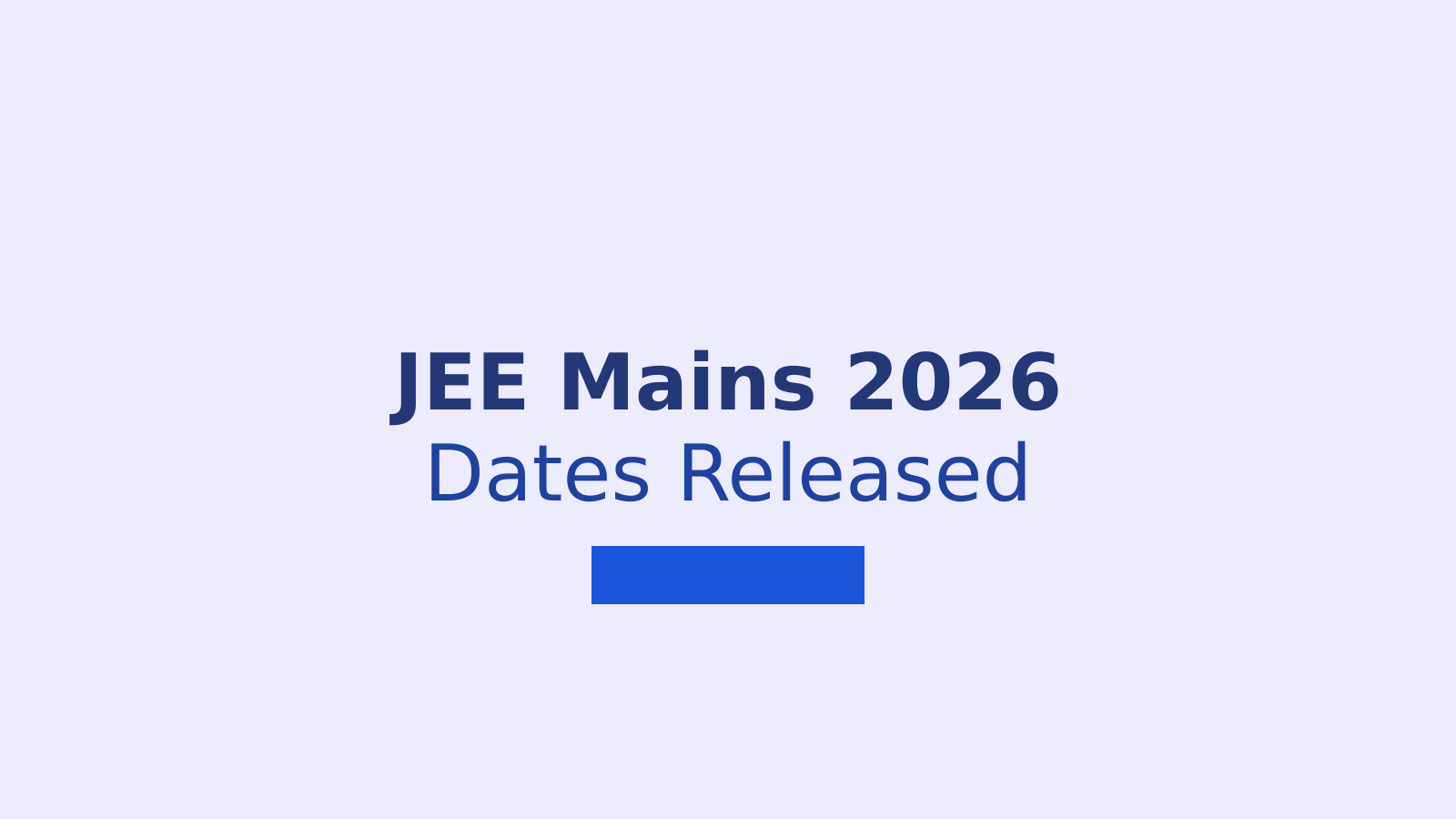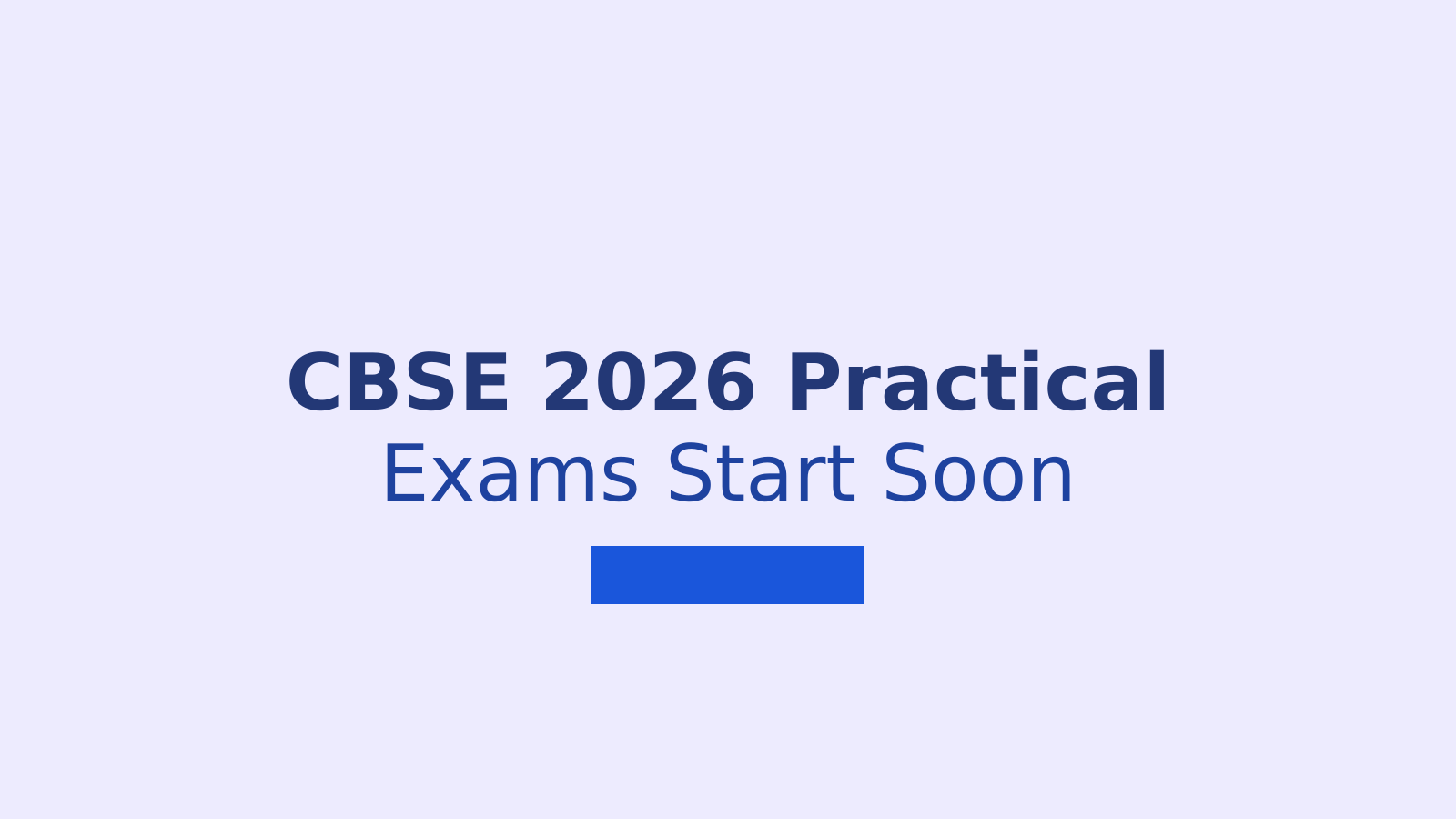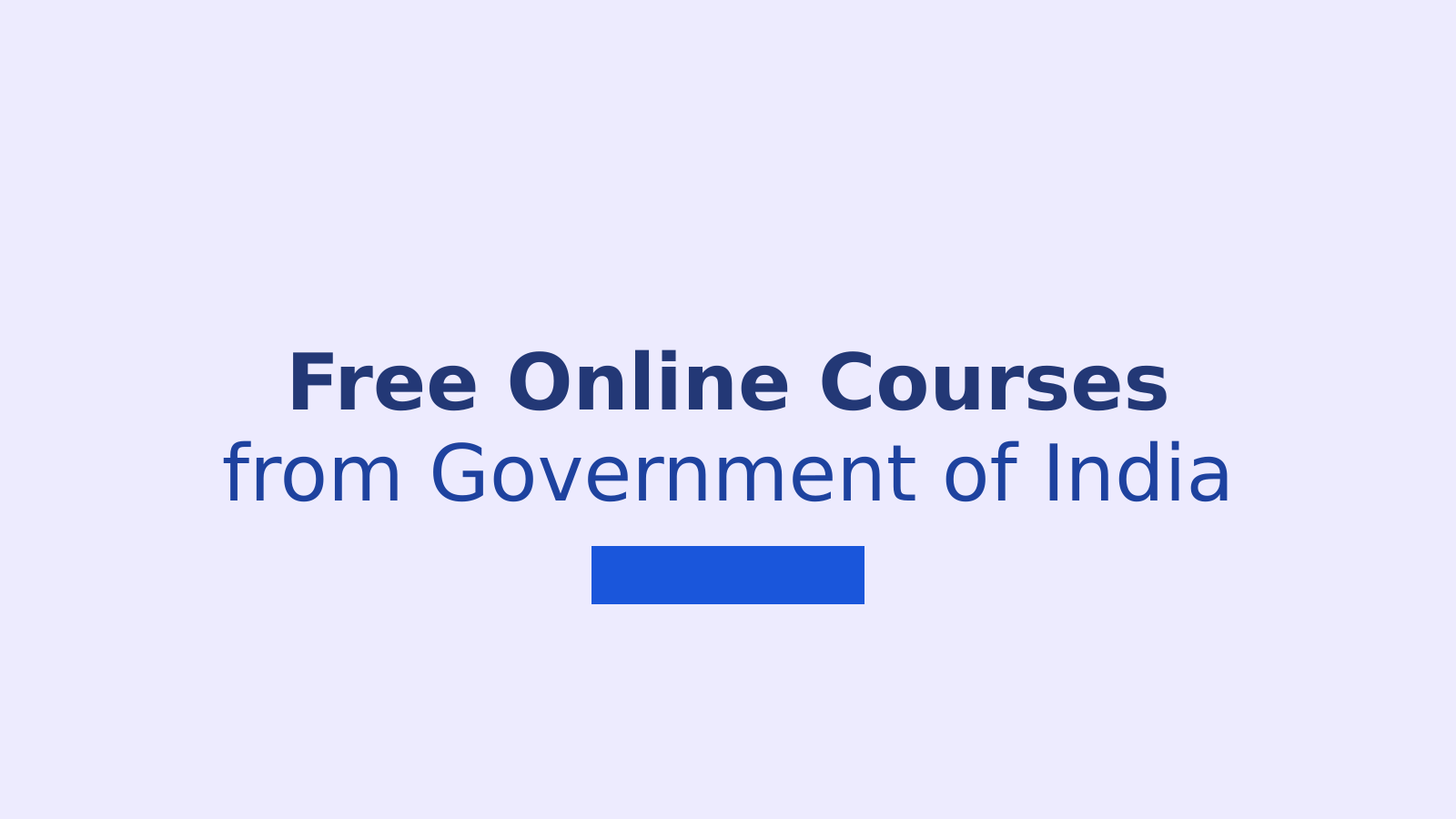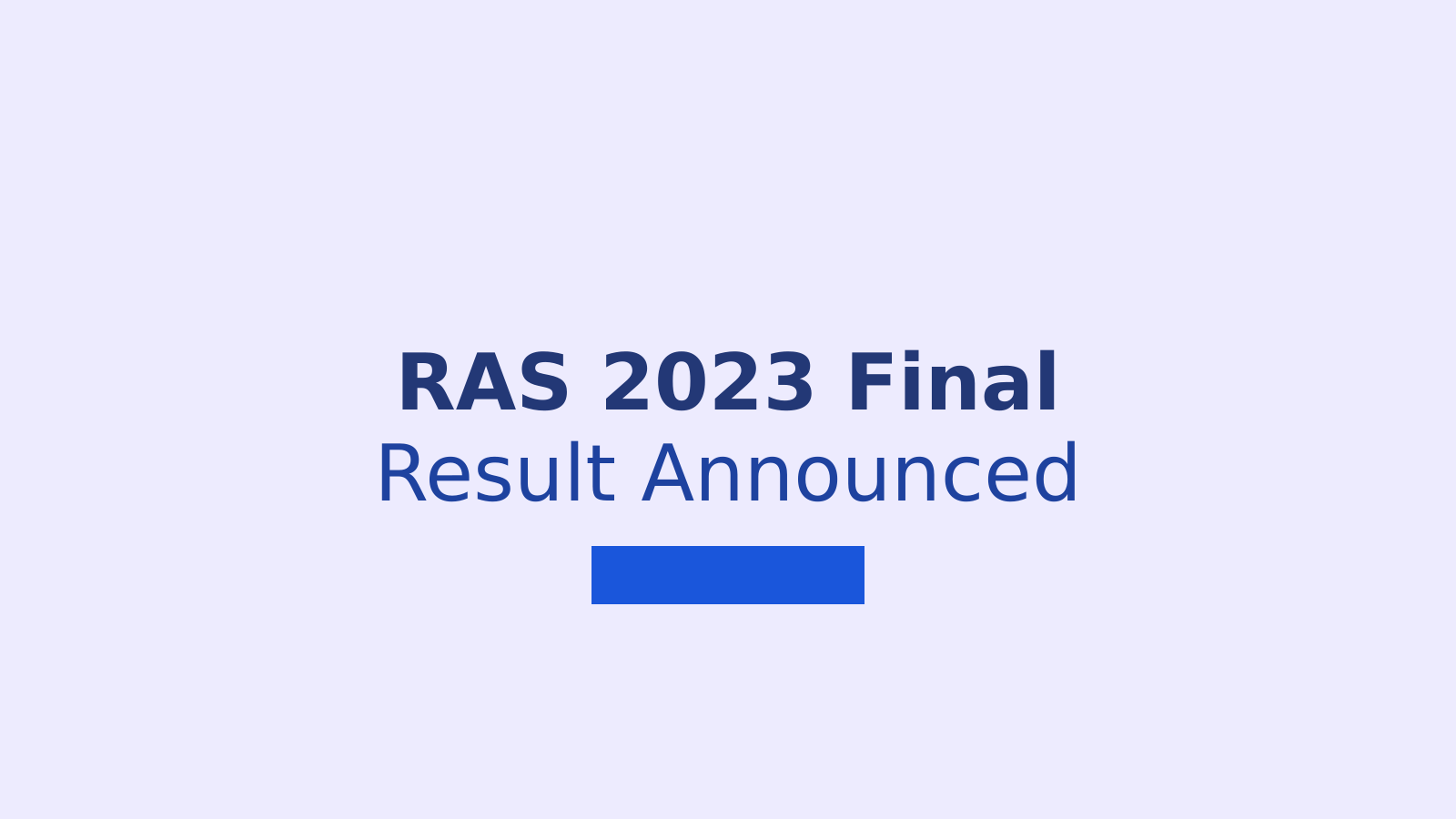Moody's says India’s debt burden could rise to 99% of GDP by 2030
Moody has published a report highlights that India's debt-to-GDP ratio could approach 100% by 2030 if the government independently finances the 3.4% of GDP annual climate mitigation and adaptation gap. This level of spending would outpace many comparable economies, except South Africa and Brazil.
Key Projections and Findings:
Debt-to-GDP Projections:
- India’s debt-to-GDP ratio is expected to reach 78% by 2030 under current circumstances.
- If the government fills the climate mitigation gap, the ratio could rise significantly to 100%.
- For comparison:
- South Africa, Brazil, and Mexico would also experience material debt increases due to high existing debt burdens.
- In the U.S., the debt-to-GDP ratio is projected to increase to 137% by 2030 (from 126%).
Climate Mitigation Costs:
- $186 billion annually until 2030 is needed for climate mitigation, with adaptation costs being less than half of that amount.
- If the private sector shares the burden, India's debt-to-GDP ratio increase could be contained to 86%.
Private Sector Role:
- Engaging the private sector could reduce the fiscal burden, lowering required government spending to 1.3% of GDP annually.
- This intervention would significantly curb the rise in public debt, highlighting the importance of private investment in climate-related initiatives.
Global Comparisons:
- The debt increase is forecasted to be 40 percentage points for African nations, 21 for Brazil, and 18 for Mexico.
- Emerging markets in Asia, including India, stand to gain economically from early investments in clean energy.
Policy Recommendations:
- Carbon pricing is suggested as an efficient climate mitigation tool, driving shifts toward low-carbon energy sources.
Question: Which countries are part of Paris Agreement?
- Developed Countries
- Developing Countries
- Both Developed and Developing Countries
- None of the above
‘Don’t want to be sandwiched, especially between China and India’: Sri Lankan new President Anura Kumara Dissanayake
Sri Lanka’s newly elected president, Anura Kumara Dissanayake (AKD), has declared his intention to lead the country through a period of economic recovery and political transformation. His administration aims to maintain neutrality in global geopolitics, particularly in managing relationships with China and India, two of Sri Lanka’s closest neighbors. Dissanayake emphasized the importance of avoiding alignment with either superpower, focusing instead on balanced diplomatic relations with a variety of nations, including the EU, Middle East, and Africa.
Key Themes:
- Neutral Foreign PolicyDissanayake’s neutral stance seeks to prevent Sri Lanka from being "sandwiched" between China and India, as tensions grow in the region. This position reflects a broader commitment to sovereignty and not being drawn into power struggles between global blocs.
- His government, led by the National People’s Power (NPP), intends to foster stronger, mutually beneficial relationships while steering clear of geopolitical conflicts.
- Economic RecoveryDissanayake takes over at a time when Sri Lanka is grappling with its worst economic crisis in over 70 years. His administration has inherited a €34 billion external debt, rising poverty, and increasing prices for essential goods. He criticized both the ruling party and opposition for following the same neoliberal policies, which he blames for the economic collapse.
- The NPP’s focus is to bring about economic reforms that will lead to financial recovery and national stability.
- Election and TransitionDissanayake secured the presidency after polling 1.27 million votes, surpassing his nearest rival, Sajith Premadasa. He succeeded Ranil Wickremesinghe, who had been serving out the remainder of Gotabaya Rajapaksa’s term.
Question: Who is the current President of Sri-Lanka?
- Gotabaya Rajapaksa
- Sajith Premadasa
- Ranil Wickremesinghe
- Anura Kumara Dissanayake






